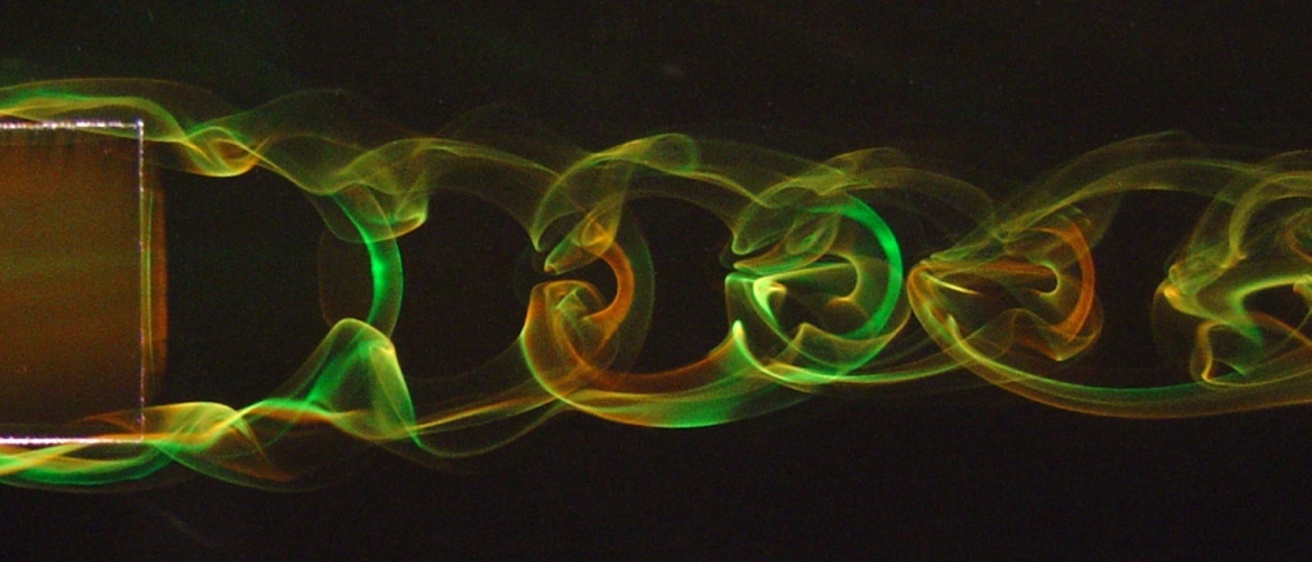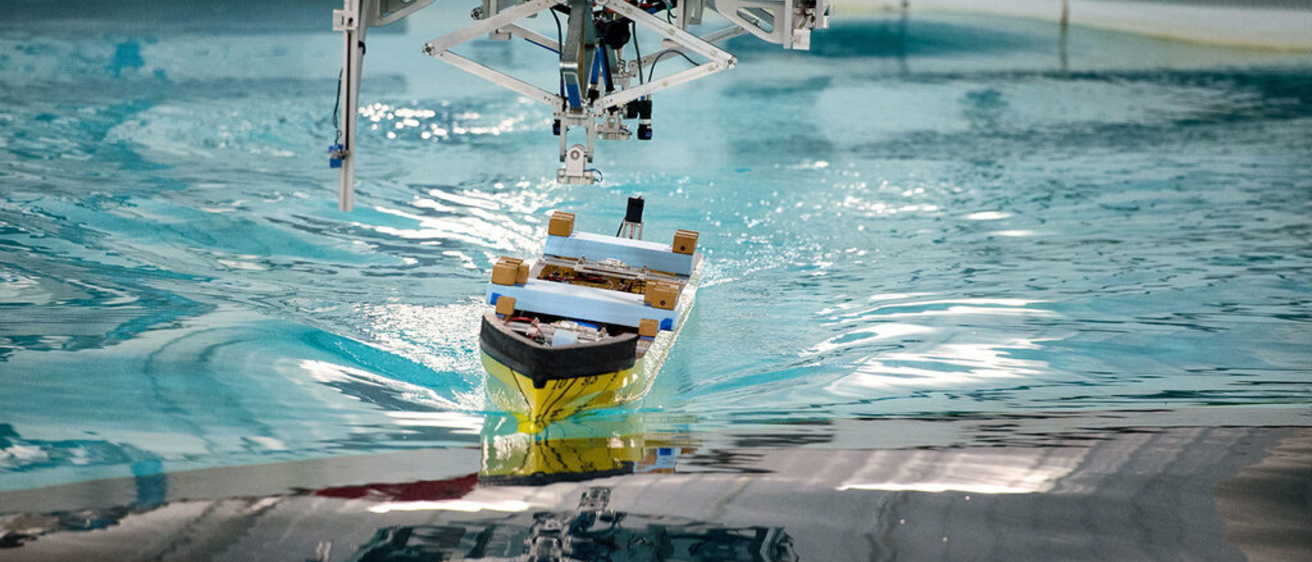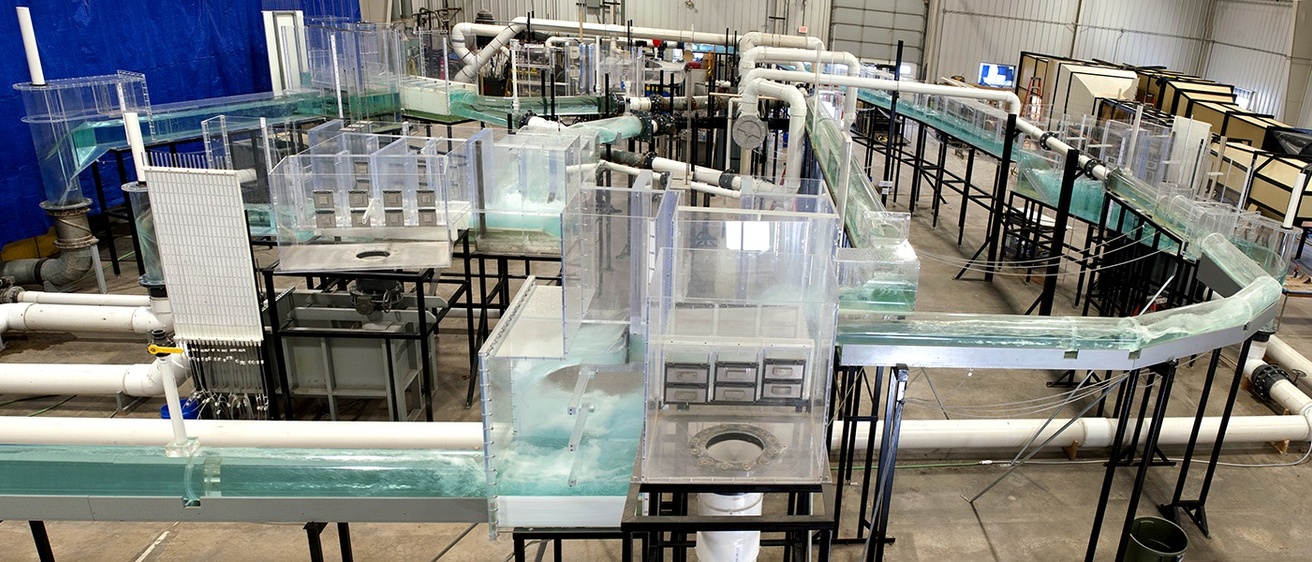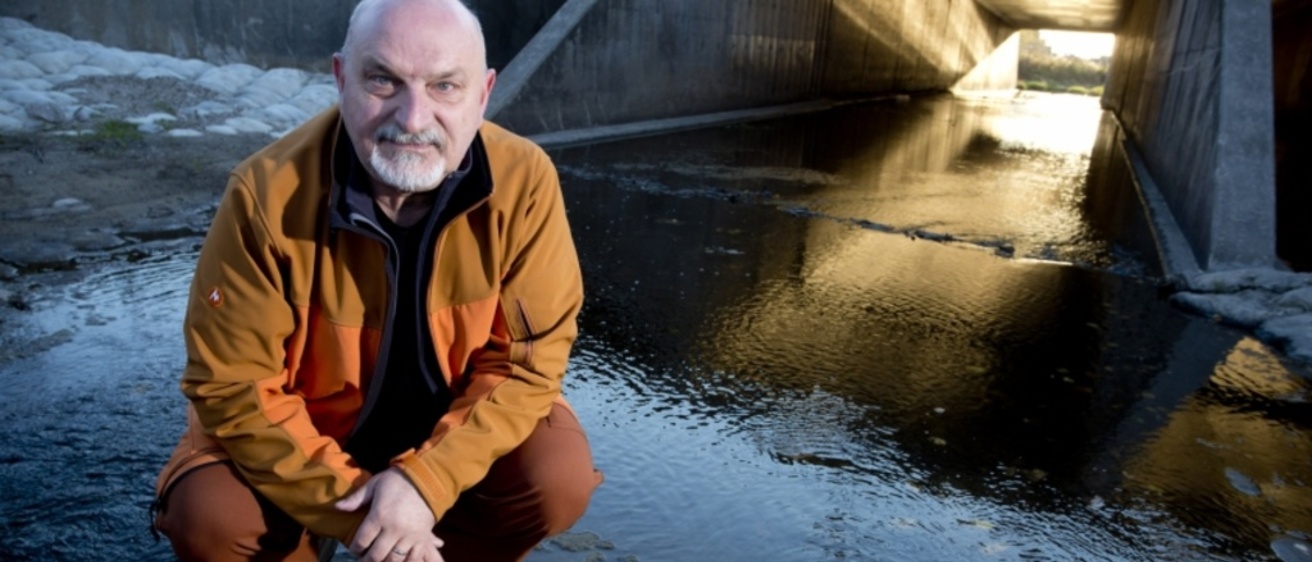Fluid Mechanics & Structures
Fluid mechanics, the study of fluid behavior at rest and in motion, is at the core of nearly all IIHR research. IIHR uses the basic governing equations of fluid mechanics to investigate a wide range of applications—river flow, atmospheric conditions, renewable energy (e.g., wind and water turbines), ship hydrodynamics, biological systems, and much more. For most of these applications, IIHR researchers use numerical analysis (computational fluid dynamics, or CFD) to explore and solve fluid flow problems. They validate these models with data from experimental modeling, field work, or environmental sensors.
Renewable Energy
IIHR has been involved in research related to hydropower since the institute’s first scale model study of the Keokuk Dam in 1924. Since then, the lab has participated in a wide range of renewable energy-related activities, primarily in three main areas.
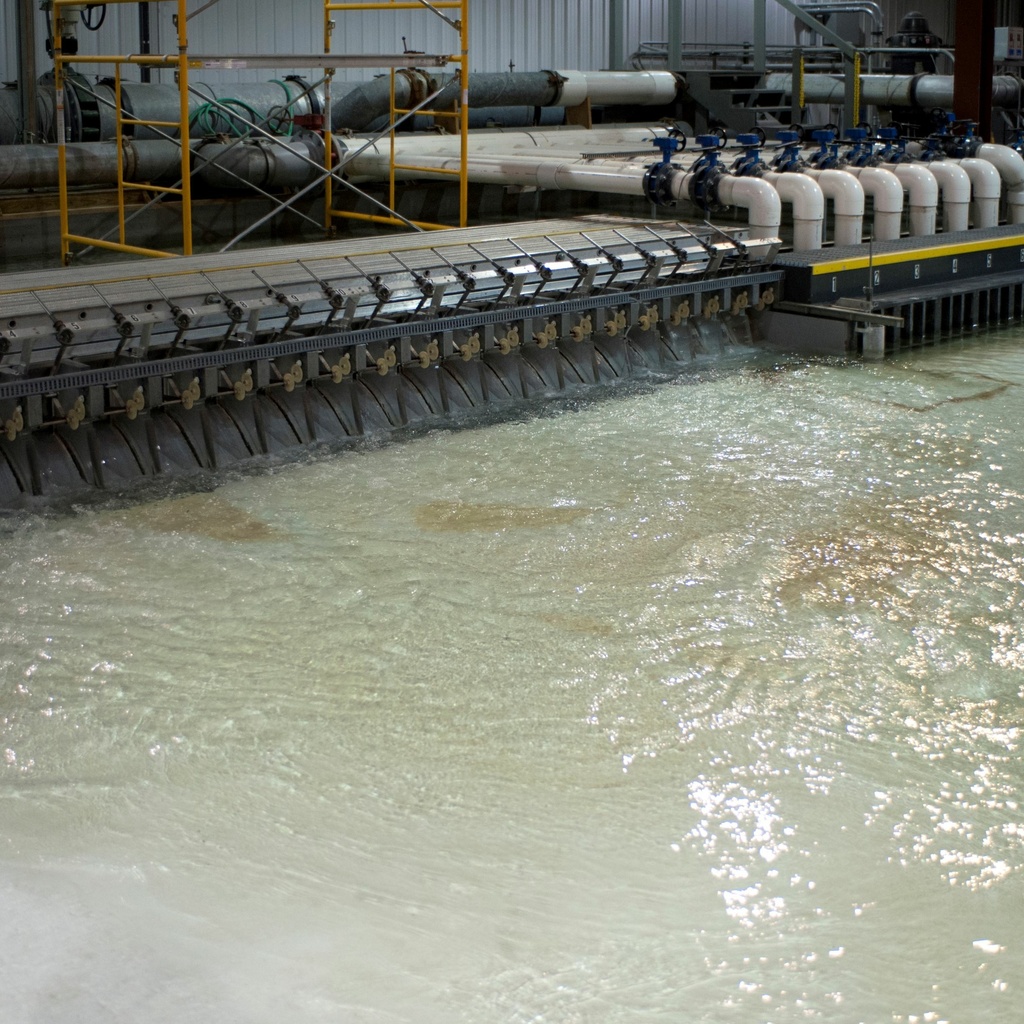
Hydropower Industry
Hydropower Industry (1920s to present)—Physical and computational modeling related to sediment, energy generation, erosion and deposition, fish passage, and other ecological impacts.

Power Plants
Thermal pollution studies for for water-cooled power plants (mid- to late-20th century) with sediment intake concerns or water temperature pollution.
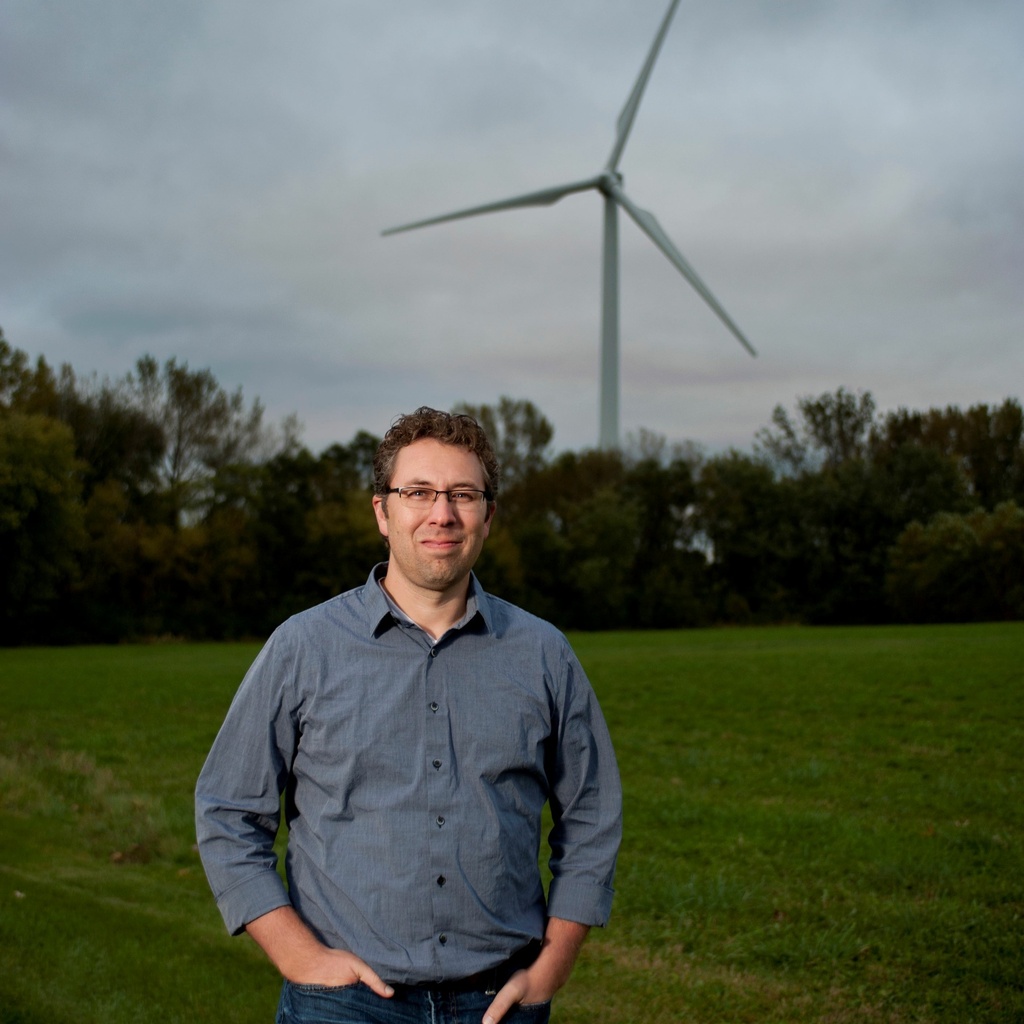
Wind Energy
General CFD modeling, including models to help operators investigate the impact of wind turbines on wildlife (2000–present).


